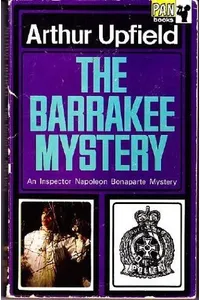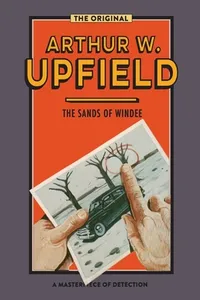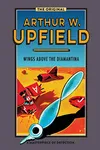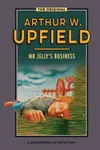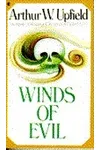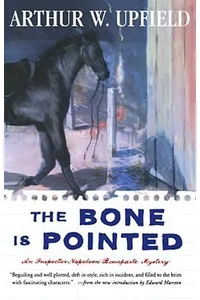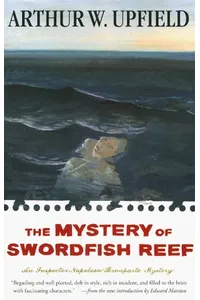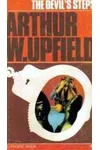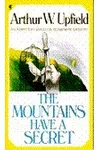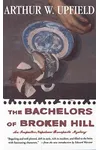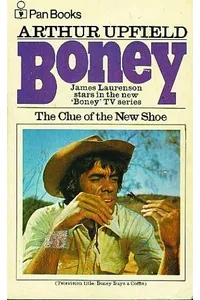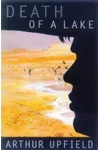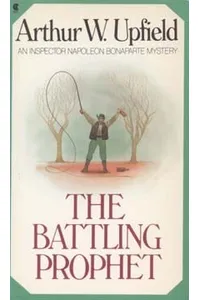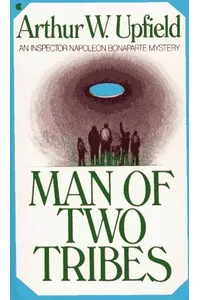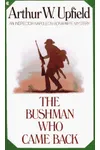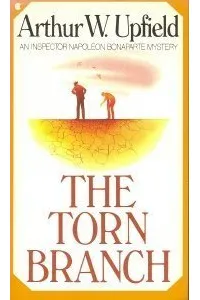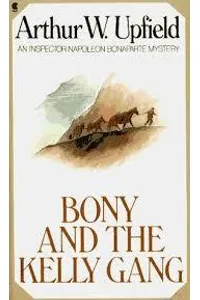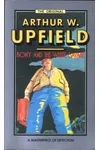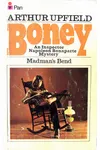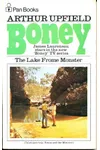Step into the sun-scorched, thrilling world of Inspector Napoleon Bonaparte, where the Australian Outback becomes a stage for clever detective work and cultural nuance! Known as 'Bony,' this half-Aboriginal, half-white sleuth, created by Arthur Upfield, stars in 29 gripping mystery novels that blend modern investigation with traditional tracking skills. From dusty sheep stations to desolate craters, Bony’s adventures captivate with their unique setting and a hero who defies stereotypes.
With a knack for spotting subtle clues and a heart tuned to the complexities of his dual heritage, Bony offers readers a fresh take on the detective genre. Whether you’re a mystery buff or craving a journey through Australia’s rugged landscapes, the Inspector Bonaparte series promises an unforgettable ride.
How Inspector Bonaparte Began
Arthur Upfield, an English-born writer who moved to Australia in 1911, crafted Bony inspired by his travels and encounters in the Outback. Claiming to have met a biracial tracker named 'Leon,' Upfield spun this figure into Detective-Inspector Napoleon Bonaparte, debuting in The Barrakee Mystery in 1929. Though no evidence of Leon exists, Upfield’s vivid imagination and deep respect for Aboriginal culture shaped Bony into a trailblazing character—a university-educated detective navigating racial divides in early 20th-century Australia.
The Heart of Inspector Bonaparte
The series spans 29 novels, each a standalone mystery showcasing Bony’s brilliance. The Barrakee Mystery (1929) introduces Bony as he unravels a murder at a Darling River sheep station, grappling with divided loyalties. The Sands of Windee (1931) sees him tackle a near-perfect murder, using a photograph’s overlooked detail to prove foul play. The Bone Is Pointed (1938), often hailed as a standout, dives into Aboriginal mysticism as Bony solves a disappearance in a cursed landscape. The Will of the Tribe (1962) sets a murder against the eerie Wolfe Creek Crater, blending tribal lore with detective work.
Upfield’s stories pulse with themes of identity, justice, and cultural tension. Bony’s mixed heritage lets him bridge white and Aboriginal worlds, offering insights into both. The Outback itself is a character—harsh, vast, and teeming with secrets. Upfield’s prose, rich with geographic and cultural detail, paints a vivid backdrop, while Bony’s tracking skills, rooted in Aboriginal knowledge, add authenticity to his sleuthing. The series’ light, adventurous tone keeps readers hooked, balancing gritty crimes with Bony’s charm and wit.
Why Inspector Bonaparte Resonates
The Inspector Bonaparte series broke ground by centering a biracial hero in an era of racial prejudice, earning praise from writers like Tony Hillerman, who drew inspiration for his Navajo detective novels. Fans cherish Bony’s blend of intellect and instinct, while the series’ authentic portrayal of 1930s–50s Australia offers a historical lens on race and culture. Its influence lingers in Australian crime fiction, and adaptations, like the 1970s TV series Boney, brought Bony to wider audiences, cementing his iconic status.
- Publication Years: 1929–1966
- Number of Books: 29
- Notable Recognition: The Sands of Windee listed among the 100 best crime novels by H. R. F. Keating in 1987
Ready to track clues with Australia’s greatest detective? Grab The Barrakee Mystery and dive into Inspector Bonaparte’s thrilling world of Outback mysteries!
